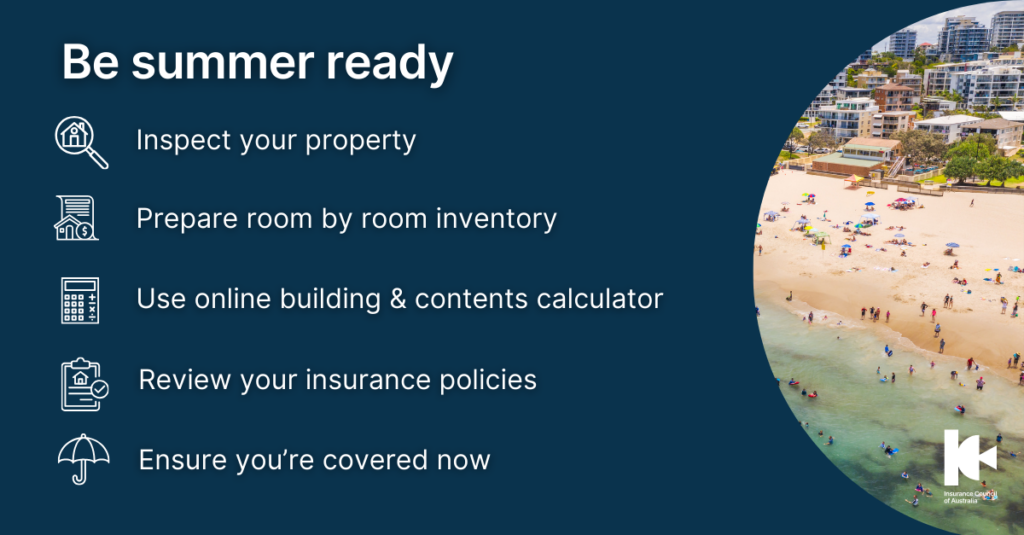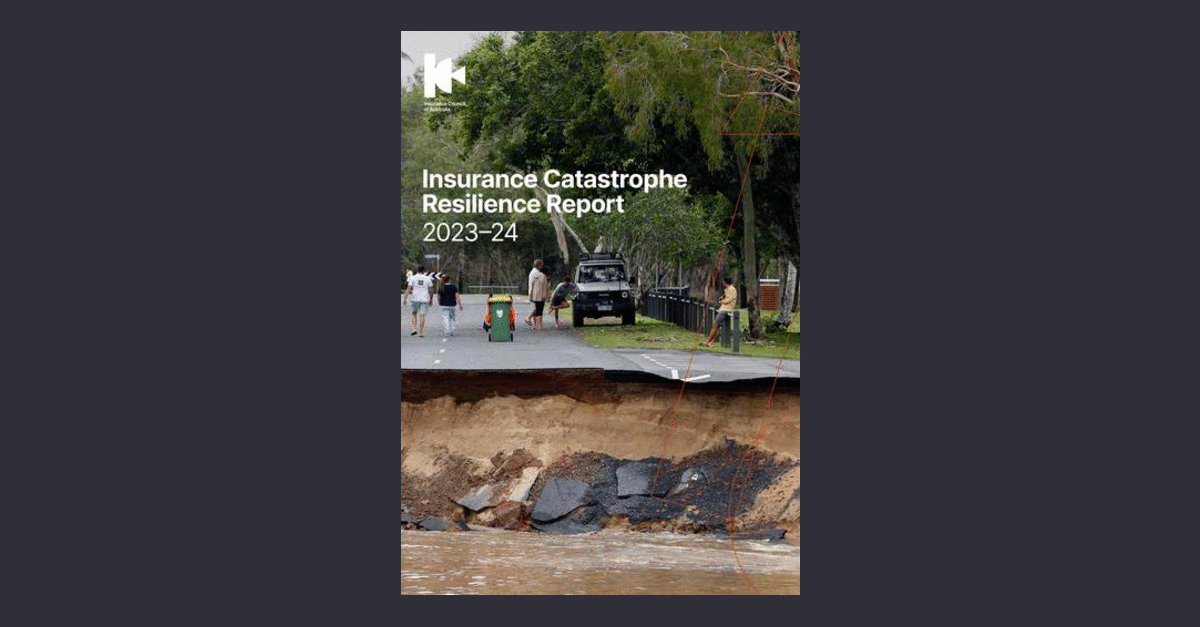Home Cyclone & storm
Insurers to meet with community members in Far North Queensland in fifth round of consultations

News release
Tuesday, 19 November 2024
The Insurance Council of Australia (ICA) and insurers are continuing their support for customers in Far North Queensland following Ex-Tropical Cyclone Jasper that impacted the region almost 12 months ago. Later this month, the ICA and insurers will deliver a fifth round of community consultations in Cairns and Port Douglas, meeting with community members who are still recovering from significant weather damage.
Ex-TC Cyclone Jasper has resulted in more than 10,000 claims to the value of $384 million.
Insurer representatives will be available for in-person consultations to provide customers with the opportunity to discuss the progress of their claim and to work through any outstanding issues.
Cairns
• Tuesday 26 November 2024, 10:00am – 5:00pm
• Brothers League Club Cairns, 99 – 107 Anderson Street, Manunda.
Port Douglas
• Wednesday 27 November 2024, 10:00am – 4:00pm
• Pullman Port Douglas Sea Temple Resort and Spa - Mitre Street, Port Douglas.
We encourage policy holders to book in advance:
www.insurancecouncil.com.au/news-hub/events/
Quotes attributable to ICA CEO Andrew Hall:
The communities who were impacted by Ex-Tropical Cyclone Jasper have shown their resilience in the face of the challenges thrown at them at the end of last year.
The consultations we host allow customers to finalise claims through face-to-face engagement, and we look forward to continuing this commitment to regions impacted by extreme weather.
It is important that we continue to provide households and businesses the support they need to move forward, particularly as we enter the next disaster season.






